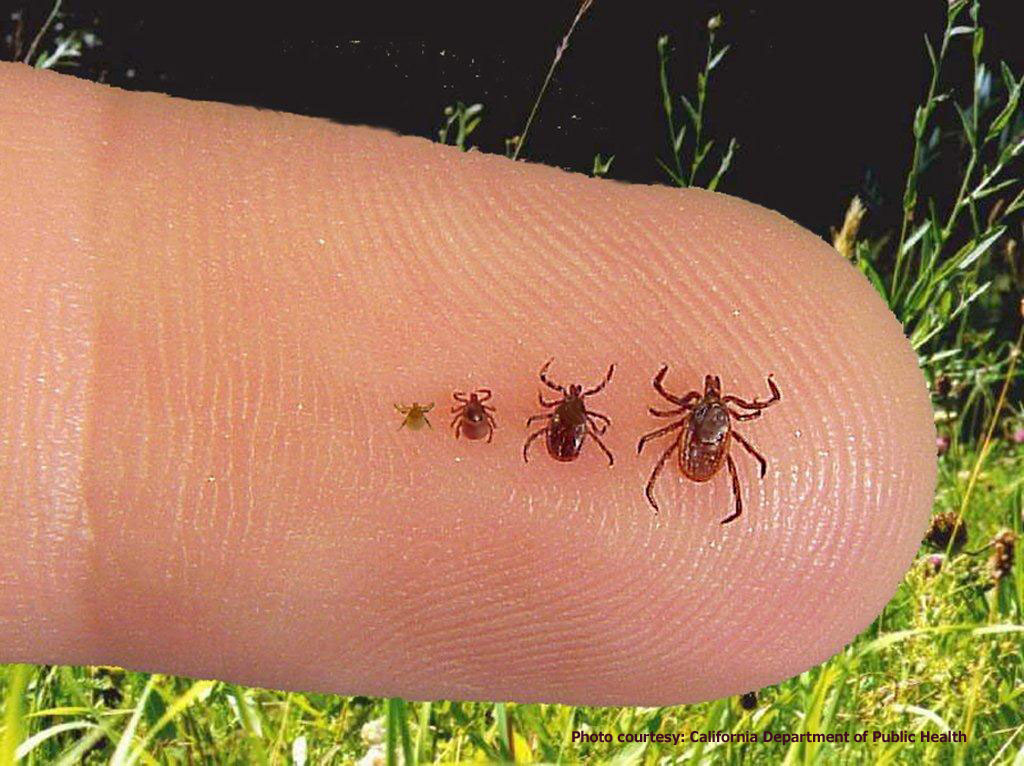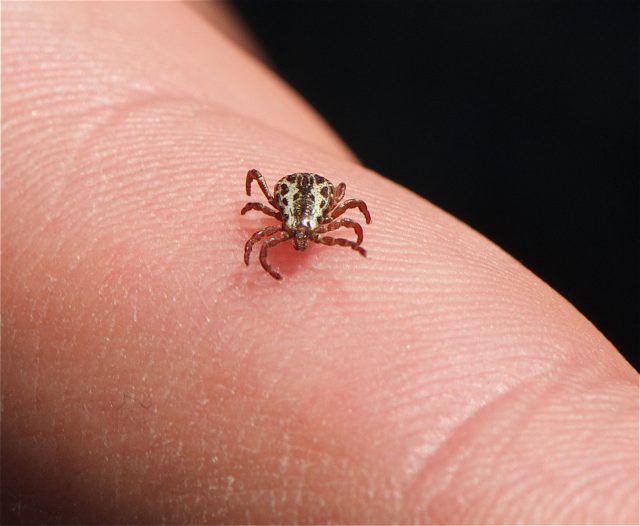PICKAWAY – Pickaway County is reporting its first case of Lime disease within the county this summer with the possibility of a second.
According to Pickaway Health confirms the case of Lyme disease is under the age of 10 years old, and another suspect is being investigated.
Lime Disease is caught from tick bites, it is a infection with a bacterium called Borrella burgdorfei which is transmitted to humans through the bite of an infected tick bug.
Lyme disease cases are increasing in Ohio as the range of blacklegged tick populations continues to expand in the state and encounters with this tick occur more frequently, particularly in the forest habitats preferred by this tick.
Most humans are infected through the bites of immature ticks calls nymphs. Nymphs are tiny (less than 2 mm) and difficult to see; they feed during the spring and summer months. Adult ticks can also transmit Lyme disease bacteria, but they are much larger and are more likely to be discovered and removed before they have had time to transmit the bacteria. Adult blacklegged ticks are most active during the cooler months of the year.
If you find a tick on your body, remove it quickly to reduce the risk of contracting Lyme disease. See a healthcare provider if you do get sick. Lyme disease is curable. Early diagnosis and treatment are important in order to avoid further health problems related to Lyme disease.

Who is at risk? Everyone but people who frequent woody, brush areas such as hikers, campers, hunters, farmers, gardeners, landscapers, other outdoor workers have an increased risk.
Best way to reduce the chances of bite is using insect repellant, removing ticks properly and applying pesticides to your lawn. Dogs are susceptible to tick bites and tickborne diseases like Lyme disease. Lyme disease infections in dogs are not a significant risk factor for human infection because dogs (like humans) are considered “dead-end” hosts for the bacteria (i.e., humans cannot get Lyme disease from dogs). However, dogs can bring infected ticks into the home.











